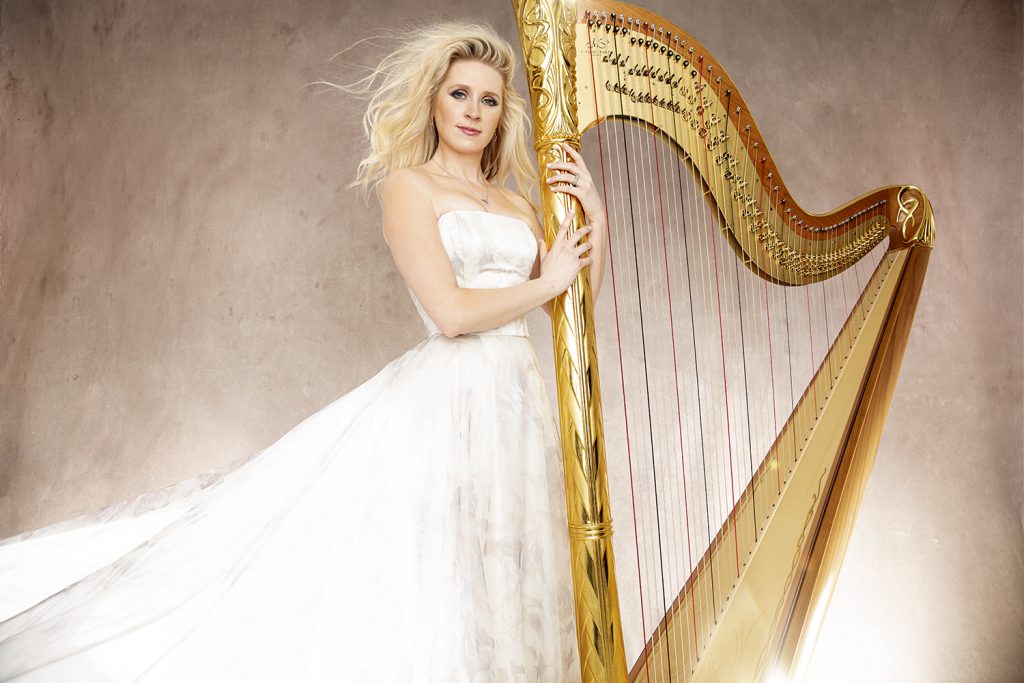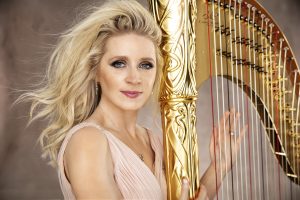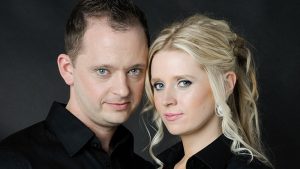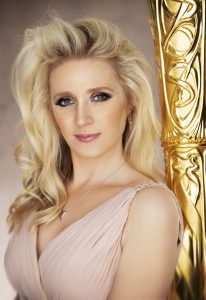Camac Blog
Right to Appeal
News
July 16, 2019
This being a harp blog, I’ll make a wild guess that if you’re reading this, you might be a harpist. This means we’re all immersed in the detail of a niche field. The uninitiated, looking in, see a strange and beautiful instrument, tuned in the half-existent key of C Flat Major, played by an unusual constellation of eight fingers and two feet. The equally beautiful people who play the harp can also hold very hot pans for a freakishly long time without gloves, and enjoy discussing Spohr editions for hours on end. All this only adds to our sirenesque mystery.
On any instrument, this kind of detail paves the way to mastery. But music is silent without somebody to listen to it, and one of classical music’s biggest challenges today is how to take its qualities, crystallised over centuries of development and savoir-faire, and communicate them to a wider audience. There are all sorts of ways to do this, and that’s a good thing; there are many different ways of life in music. But this variety can also lead to confused or disordered thinking, particularly in the echelons of the music industry that are more focused on a short-term spike of attention, than the development of loyal and inquisitive audiences. “Accessible” means something that can be attained or reached. It is not enough to convince an audience to buy some concert tickets (although you also have to do that); audiences, once they arrive, need to enjoy themselves, and that means giving them something good.
Claire Jones knows this already. Unusually for a harpist, she has made her name in the field of popular classics. Formerly Royal Harpist to the UK’s Prince of Wales, she has been broadcast on over 800 TV and radio networks. She’s performed one-to-one for the Queen, for Prince William, and before 75 000 people at the Millenium Stadium in Cardiff. She is Britain’s best-selling classical harpist, with recent albums reaching second and third place in the UK Classical charts. She has also performed concertos with the Philharmonia, the English Chamber Orchestra, BBC Concert Orchestra, Royal Philharmonic Orchestra, London Mozart Players…working with Valery Gergiev, Alfie Bow, Joshua Bell, Sir James Galway, Sir Bryn Terfel, and Sir Neville Marriner. Solo performances include at the Wigmore Hall, Cadogan Hall, St John’s Smith Square, all Royal residences, No 10 Downing Street, the Houses of Parliament, Capitol Hill in DC, and Claire has also toured the USA, Hong Kong, Brazil, Switzerland, France, Norway, and Russia.
“I’m extremely passionate about showcasing the harp to the best of my ability”, says Claire. “I made a conscious decision to appeal to a wider audience soon after I finished studying, because I wanted to raise the profile of the harp to the same level as the piano and the violin. ‘Girl With The Golden Harp’ with Classic FM/ (Universal/ Decca) was a turning point in my career and helped me to achieve my dream of bringing the harp to the masses. However if there’s one thing I really dislike, it’s when well-loved classics are dumbed down. To be a recording artist, you need to have mastered your instrument, you must be a consummate professional, and therefore you want a very high level of arrangement or transcription which showcases your virtuosity as a player, and your instrument. Otherwise it will bring no real pleasure or sense of achievement to you, the musician. Audiences can also tell the difference in concerts. It should be possible to do something popular, and show you can deliver at the same time.”
Claire Jones is returning to the Welsh Proms on July 27th. This time, her trademark golden harp has multiplied! She herself recently selected a new Art Nouveau Gold, and she will also be joined at the Proms by more than twenty senior members of the Claire Jones Concert Ensemble. The Proms marks the start of a mini-tour for Claire and her group; you can hear them thereafter at Brangwyn Hall on July 28th, and on the 29th at the Aberystwyth MusicFest 2019. It’s the first time the ensemble has performed at the Proms, and the general public is going to know about it – listen out for features on S4C, Radio Wales, Radio Cymru, and more.
All the music has been arranged by Claire’s husband, the composer and percussionist Chris Marshall. With more than fifty harp pieces and arrangements under his belt, Chris tailors the ensemble parts to suit the group. “The advanced members come back to the ensemble, because in the traditional orchestra set-up, harpists don’t always get much chance to be at the forefront – or even play a huge amount”, Claire goes on. “Chris doesn’t shy away from writing them very difficult, even virtuosic parts; that’s what they’re looking for I feel, so they can continue to work on their musicality and technique. Of course I want challenging parts when Chris writes for me too, whether that’s solo, backed by strings or in our C2 harp-percussion duo.“
“The thing is”, explains Chris, “the harp’s not always popular enough to bring people from all walks of life into the concert hall. All harp concert soloists face this challenge. This is because harp music is quite unknown and unfamiliar to the wider audience. Of course we both understand how frustrating this can be, and it’s important to keep pushing high art music and presenting it well. But all of us find our musical niche, and we’ve found ours in promoting the harp via popular classics and across powerful mediums such as Classic FM. “Oh, I know that tune” is a way of grasping an audience member’s interest in you, and in your instrument. It’s your vehicle to get programmed for a wide audience. If you do a good job, you’ve not only introduced the general public to the harp, but you’ve showed it off – you’ve opened up the instrument’s capacity to your audience, and also your own potential as a player of course.”
The CJ Ensemble is also central to Claire and Chris’s mission to increase the accessibility of the harp. Its includes harpists who have gone on to the Royal Academy of Music, Royal College of Music, Royal Holloway…younger members are part of the National Youth Orchestra and the National Children’s Orchestra of Great Britain, while older ones currently work for ENO, BBC Orchestras, and Phantom of the Opera in the Westend. “We have a lot of young professionals in our ensemble, and I want to keep on supporting them with teaching and also ideas about where they could go next. In any case” – Claire laughs – “musicians don’t usually ever stop pushing themselves, do they?”.
“We’ve never viewed the Concert Ensemble as a youth group”, Chris emphasises. “We always treat them as professionals.”
“How am I going to get the harp out there, if young people aren’t interested in learning it?”, Claire points out. “If you’re in a group that takes you to play in awesome venues, provides high-quality and far-ranging teaching, and which is always encouraging you to be the best you can be – this is going to keep you buzzed about wanting to play the harp, isn’t it? The students learn that they can be very rigorous with themselves, properly focused on their development as harpists – and that there’s a wider musical world out there, which the harp can also be a part of. I’m passionate about encouraging and mentoring young performers – there maybe be one to two future Royal Harpists in the group as well!”




